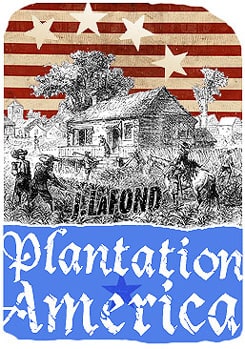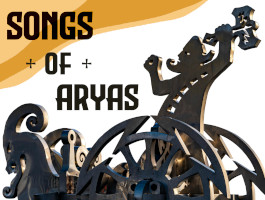Hi James,
Hope the plague times are treating you well. I had an opportunity to get some rules for my game published for someone else's game.
Assuming a mix of unit types is desirable over a force composed entirely of one single unit (horse archers excepted) it seems to me that you always need a backbone of infantry to hold the enemy in place. What do you suppose is the minimum ration for that?
1/3 perhaps?
Also, how much cavalry do you need to exploit a routing army effectively?
Polynimbus
Horse archers not excepted.
The most successful nomad hordes, by far, where the Mongols, who had heavy lancers as their hammer. They just appeared to be armies of horse archers from afar. But if you got into battle with them, you didn’t live to tell about the lancers, with maces and leather cuirass.
When infantry was needed, the Mongols would dismount heavier troopers and act like Civil War infantry often did.
Having more than 2/3 of an army being heavy infantry will cause tactical rigidity.
Less than 1/3 is asking to get steamrolled.
The best combined arms force was Alexander’s Macedonian army. Study the force structures as Isus and Arbela. The heavy infantry was not the striking arm, but the anvil. The heavy horse was the hammer and the light infantry served as the hinge and the probing screen and special forces, siege troops, etc…
A general proportion in Western antiquity was 10% horse, 60% heavy foot and 30% light foot. The Romans were disastrously slaughtered thrice by Phyrrus [Macedonian mixed array], thrice by Hannibal, once by Germans, once by Celts and once by Parthians partly due to lack of light infantry and cavalry.
Routing an enemy army is best done in the game Empires in Arms, in which a pursuit result by the exploiting cavalry force does 5 infantry losses for every horse loss not taken. In other words, if the Austrians break before a Turkish force and run, and the Turks have 25,000 horse and the Austrian horse is 5,000 and the result is 10, then the Austrian loses his 5,000 horse and 25,000 foot.
What you need, as represented here, is more horse to pursuit than the broken foe has to cover the retreat. Cavalry’s most important jobs are screening, covering and pursuing.
Note that at Cajamarca Soto and a small troop of horse numbering about 40 I think, slaughtered the better part of 20,000 fleeing Inca dignitaries. That is the extreme high end.
I suggest the following pursuit scheme.
Rabble horsemen have a multiple of 1 [Union]
Professional horseman 2 [Cataphracts, Confederate, Hussar, Cossack]
Elite horsemen 3 [Scythian, Hun, Mongol, Comanche, conquistadors]
Broken horse will be killed or captured at a rate of 1 to every 3 pursuers.
All broken horse gets killed at the same rate. But professional and elite horsemen pursuing broken horse or foot will kill at X2 and X3 normal.
Broken infantry will be killed according to terrain
Mountain-Marsh-Forest: 1 per
Broken: 3 per
Clear: 6 pursuer
Times the pursuit quality multiple, with 600 Mongols chasing down broken infantry in clear terrain killing a median of 1,800.
I suggest using this as the basis for a die roll table with 2d6, with snake eyes and box cars representing Cajamarca and Hannibal like slaughters or botched pursuits. With the example above, a roll of 7 on two die would have the 600 Mongols harvesting 1,800 panicked pedestrians.
Elite infantry may serve as fighting rear guards with firearms or spears. See the British retreat thru the Kyber Pass in the 1800s for an example of an infantry rear guard which failed gruesomely. Socrates and Alcibiades retreating from the Thebans was a combined infantry-cavalry rear guard that had some success.











Roman fragility vs. effective cavalry is something British war historian JFC Fuller stressed in his works such as "Julius Caesar: Man, Soldier & Tyrant" as well as the introductory material in "The Generalship of Alexander the Great." He agrees with James that Alexander was the apex of combined-arms generalship and effective use of cavalry, especially the legendary Companion Cavalry, who were practically early cataphracts compared with the much lighter cavalry later used by Rome.
Alexander swung a heavy hammer.
On the occasions when the Romans had effective cavalry, they were auxiliaries - Masinissa's quality Numidian light-cav at Zama, for instance.
But as Fuller said, it was truly fortunate for Rome that they rarely faced opponents who could make effective use of cavalry - usually barbarians like Germans & Gauls who were indifferent horsemen and preferred heroic-style combat to disciplined soldiering in general.
The Greek-speaking Romans of late antiquity and the middle ages honored Alexander with their cataphracts.